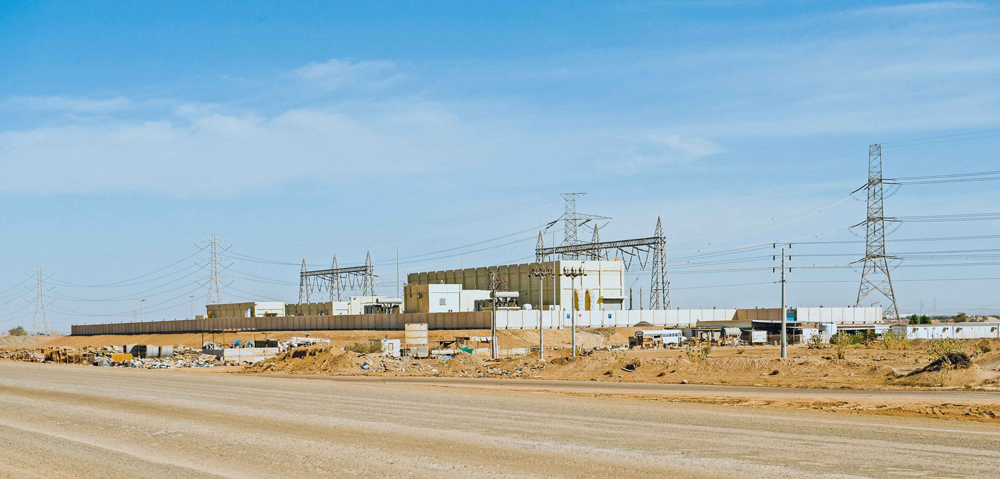Thermal power plants have long been a crucial pillar of energy generation around the world. Despite the global push toward renewable energy sources like solar and wind, thermal power plants continue to play a vital role in maintaining grid stability. Their ability to provide consistent, reliable energy output ensures that the needs of modern electricity consumption are met, even as the energy landscape evolves.
The Role of Thermal Power Plants in Base Load Demands
One of the key advantages of thermal power plants is their capability to meet base load demands. These facilities can run continuously at full capacity, providing a steady stream of power to the electrical grid. This reliability is invaluable in regions where intermittent energy sources, like wind and solar, cannot sustain base load requirements alone. Without thermal power plants, the risk of blackouts or power shortages increases significantly, especially during peak demand periods.
Ensuring Grid Stability Through Flexible Operations
Thermal power plants are also essential for maintaining grid stability due to their operational flexibility. They can quickly adjust their output to match fluctuations in energy demand or compensate for gaps when renewable sources are unable to meet anticipated supply levels. For example, during periods of low wind speed or limited sunlight, thermal plants serve as a dependable backup, ensuring that electricity remains available. This capacity for load balancing underpins the reliability of the grid in both developed and developing regions.
Supporting the Transition to Renewable Energy
While the long-term goal is to reduce dependency on fossil fuels, thermal power plants are playing a transitional role as renewable energy technologies become more advanced and widespread. Investments in cleaner and more efficient coal, gas, and biomass technologies are making thermal plants less harmful to the environment, while still maintaining their essential function in the grid. Additionally, thermal plants often facilitate grid integration for renewables by providing the necessary infrastructure and stability for intermittent sources.
Challenges and Future Considerations
Despite their benefits, thermal power plants face challenges, particularly concerning environmental impact. Greenhouse gas emissions from coal and gas plants contribute significantly to climate change, spurring efforts to phase out older, polluting plants. However, advancements in carbon capture and storage technologies offer a pathway toward mitigating these impacts. Policymakers and energy providers must carefully balance reducing emissions with sustaining grid reliability as the energy sector transitions.



